Astria Ascending is essentially a mixture of Bravely Default II and the Golden Sun series, both of which have a soft spot in my heart. It’s a game that features a large party, swords and sorcery, and action-oriented combat, all with the classic feel of an old-school RPG. It relies heavily on job systems and strategic choices to overcome challenges — not to mention it’s written and illustrated by creators who’ve worked on some of the greatest RPGs of all time. With a nostalgic look and feel, this RPG certainly caught my eye and brought me back — for the most part.
Using the past to shape the future
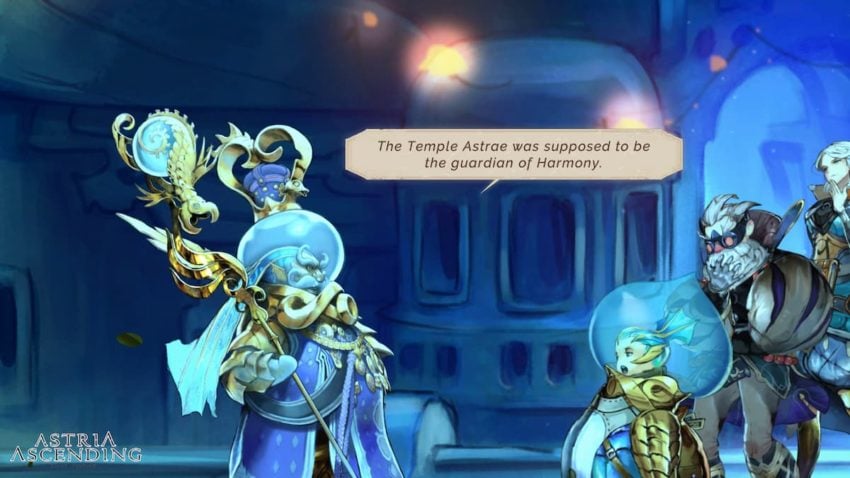
Astria Ascending follows the story of eight characters known as Demigods. They receive incredible power at a great cost, having only three years left to live. In those three years, they gain access to an abundance of wealth and abilities to fight against monsters called the Noise. Demigods have access to elemental magic and skills they can use to defeat Noise. However, Noise also use elements to fight back. It’s these elements that play a major role in the story and will be your best friend throughout the entire narrative.
Astria Ascending’s story is written by Final Fantasy VII Remake, FFX, and FFVII writer Kazushige Nojima — it had a lot to live up to and it managed to do so eventually. It’s full of character, heart, and emotion, but unfortunately, there is so much going on that it’s difficult to connect with characters. The world is full of life, color, and imaginative places and people. But with so much to keep track of, character development was left behind.
Along with the Noise attack, each of the eight main characters also gets a backstory of their own told in flashbacks. It’s similar to Octopath Traveler, but instead of playing the game eight times to see individual character quests, Astria condenses all of their stories into a single playthrough. It doesn’t leave enough time to fully understand each character’s motivation as everything happens so quickly, and before you know it, you’re back into the main quest.
Everything from the gameplay to the story feels too quick and rigid. RPGs are meant to feel epic, large, and fluid, whereas Astria is so overwhelmingly fast-paced that it can be difficult to understand what you should be doing and where you should be going. That being said, there are moments where everything connects and Astria Ascending’s RPG roots stand out.
Everyone has a job to do
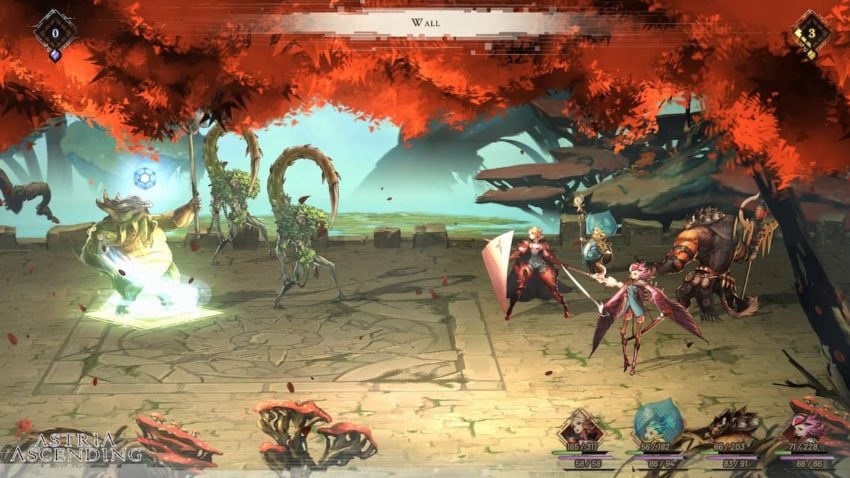
Combat is where Astria Ascending shines, holding true to the RPG standard by having fast-moving fights with unique enemies and over the top abilities. Character progression revolves around jobs ranging from mages, warriors, and healers. Along with having a main job, each character can also choose from a support job that echoes the abilities of their main job. It’s a similar design to Bravely Default’s job system and works rather well in fights.
Astria Ascending introduces three fighting mechanics that make combat more fluid and enjoyable: Focus Points, Combo Breakers, and Astrae. Focus Points are pooled together and used by characters to hit harder in a similar manner to the Brave and Default system from Bravely Default. Whereas, the Combo Breaker skill is based on job abilities and increases when a healer heals or a mage deals damage. Characters can also summon creatures called Astrae that work like Djinn in Golden Sun.
But even with the many ways to fight, Astria Ascending is particularly challenging. It’s a constant struggle between knowing when to hold onto more powerful attacks or unleash everything you have and learning what enemies are weak against. Many Noise can even be completely avoided, but you lose out on valuable experience. It’s a juggling act that is difficult to manage, but blended with the numerous balance issues, it can be an outright ridiculous slog and you’ll reload the last save just to do it all over again. While a day one patch looks to balance combat, our playthrough was still rather arduous.
An expansive world
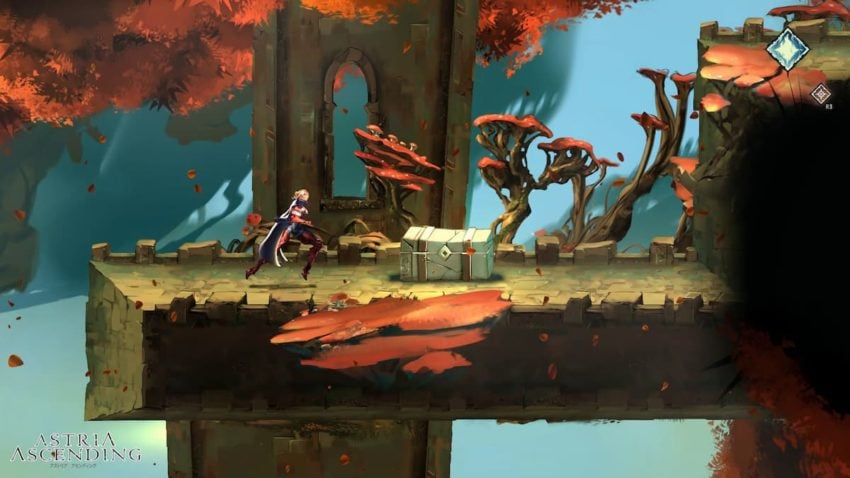
The world is vast, beautiful, and includes numerous cultures and species. You’ll encounter underwater cultures with creatures wearing fishbowls on their heads, lion-esque humanoids living in the desert, and winged species of warriors, all of which are stunningly hand-drawn. If the art style looks familiar, that’s because it was helmed by Hideo Minaba, who worked on FFVI, FFIX, and FFXII, and Akihiko Yoshida, an artist for FFXII and Nier: Automata.
When you’re not fighting Noise, you’ll explore varied landscapes through side-scrolling dungeons mixed with platforming and puzzle-solving.
The soundtrack from Final Fantasy XII and Vagrant Story composer Hitoshi Sakimoto is a masterpiece as well — as for the voice acting, it’s neither spectacular nor is it completely bad. You can switch it from English to Japanese in the settings if you choose to do so.
The verdict
If you’re looking for a game with dynamic environments and nostalgic JRPG combat, Astria Ascending ticks those boxes. Its inclusion of Final Fantasy greats such as Kazushige Nojima, Hitoshi Sakimoto, Hideo Minaba, and Akihiko Yoshida makes it a wonderful turn-based RPG that reminds me of the series I grew up with in the 1990s.
However, minor issues with the narrative and overall pace of the game make it drag on. Dialogue is at times lengthy, characters are difficult to connect with, and its early hours are sluggish to get through. But in the end, Artisan Studio crafted a stunningly gorgeous game that includes some of the finest-looking art around. Astria Ascending is a solid example of what a JRPG should be, and fans of the genre won’t want to miss out.
Final score:
7.5 / 10
| + | Engaging combat system and mechanics |
| + | Varied landscapes and cultures |
| + | Excellent soundtrack |
| – | Can be overwhelmingly challenging and difficult to keep track of abilities |
| – | Slow start but picks up with time |
This article includes affiliate links, which may provide small compensation to Gamepur.

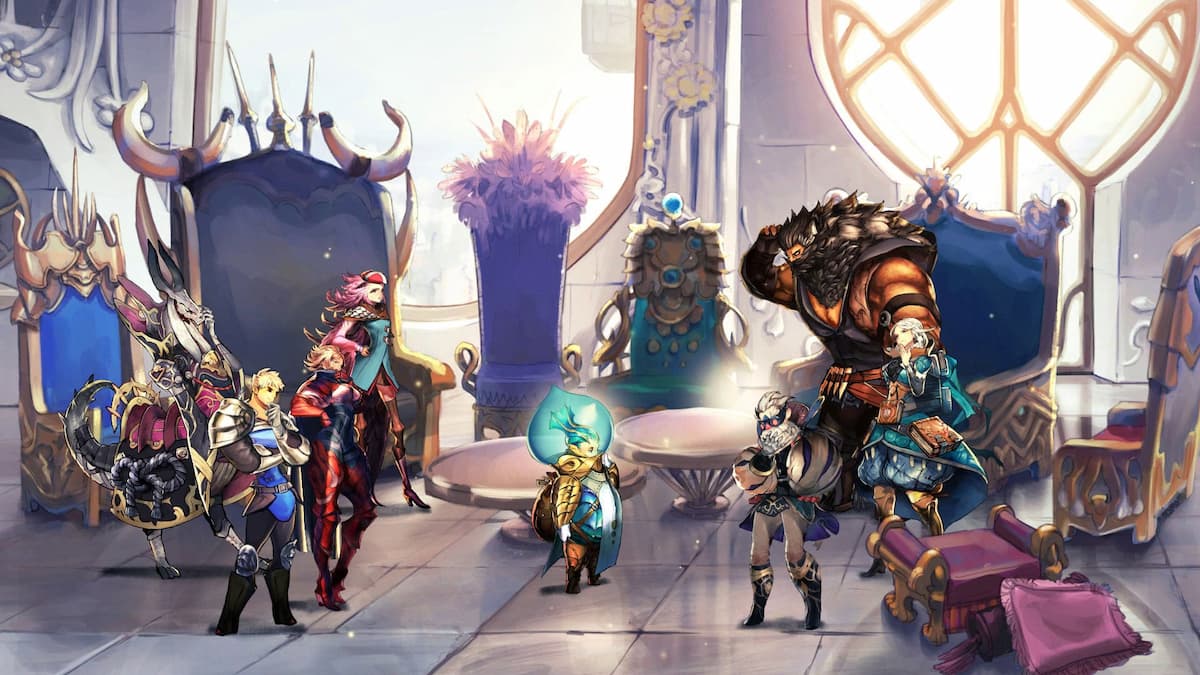
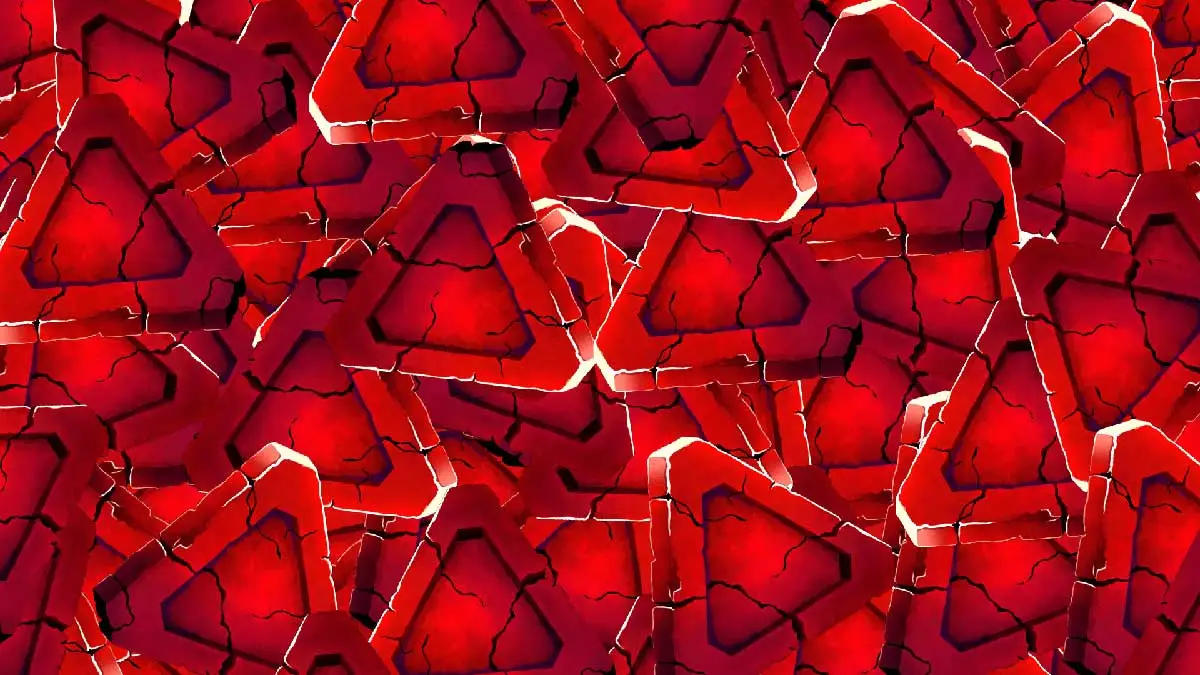
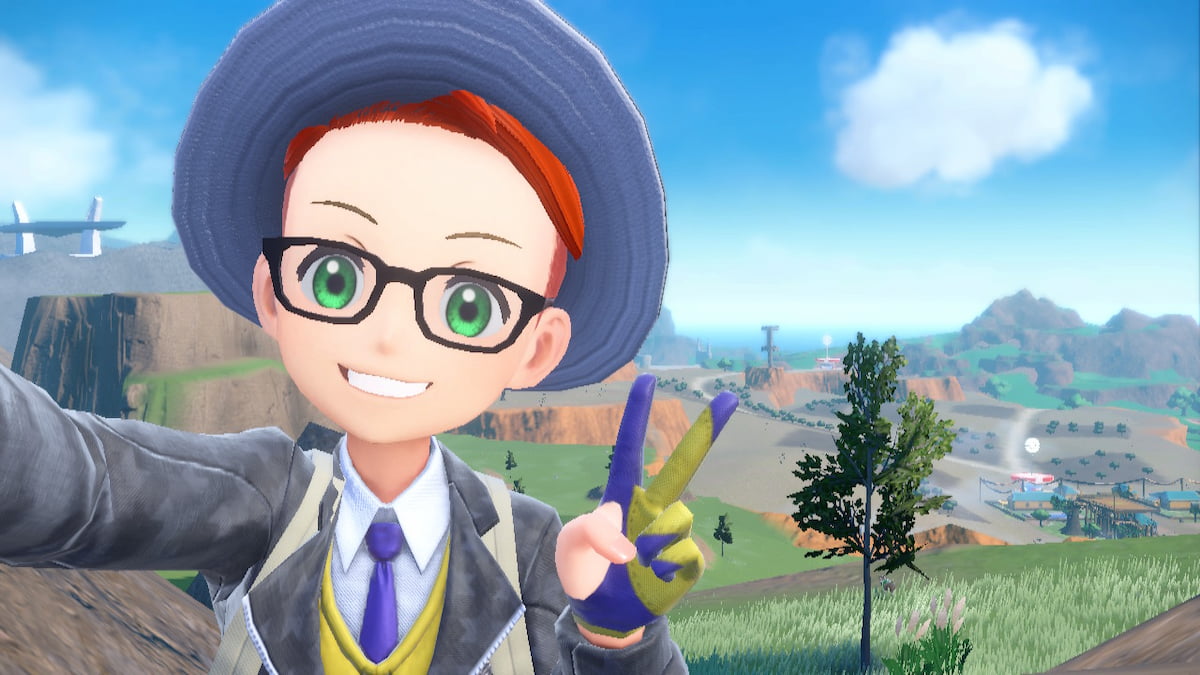

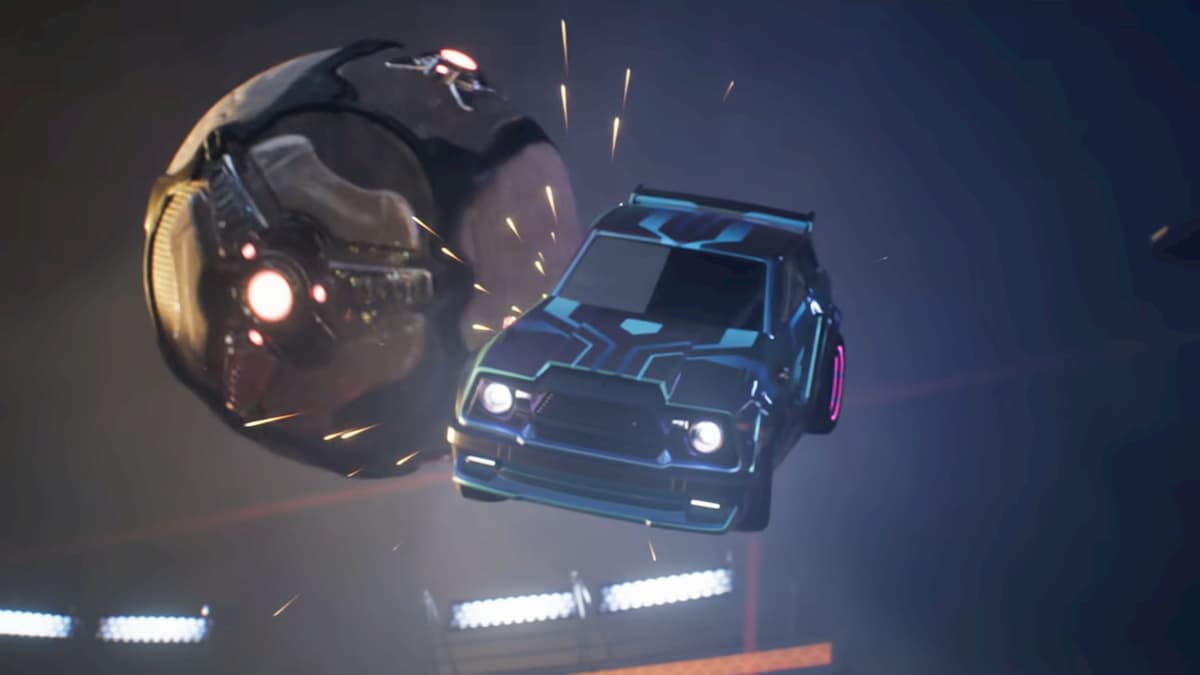
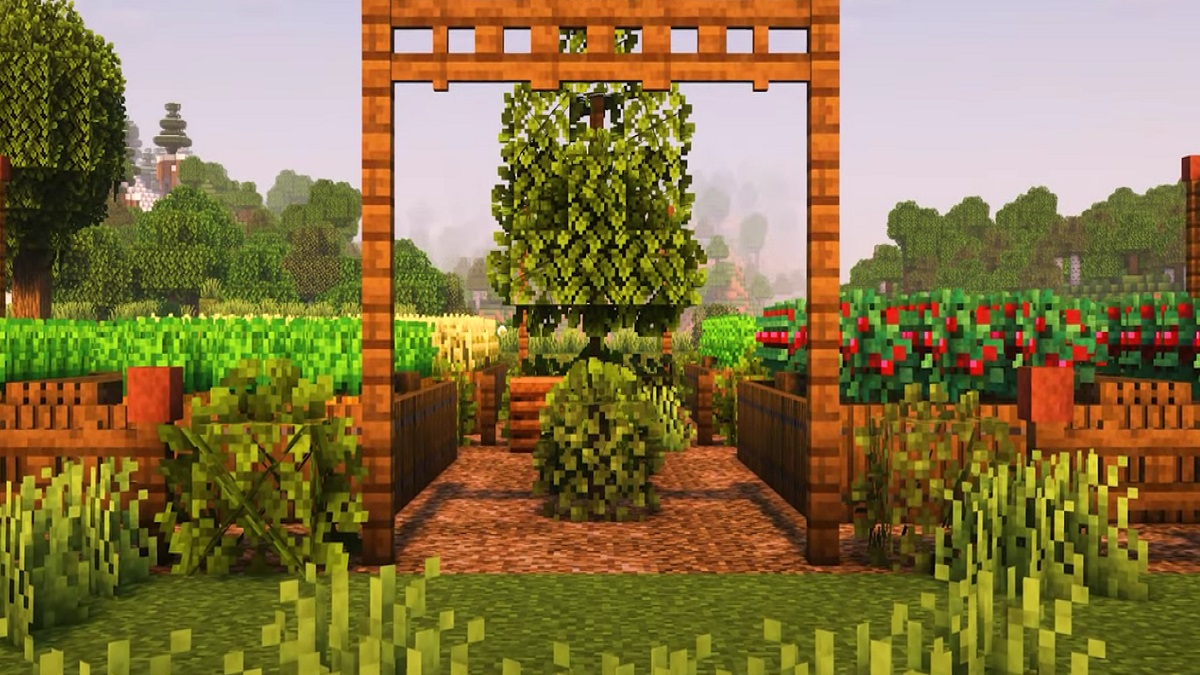
Published: Sep 27, 2021 07:00 am